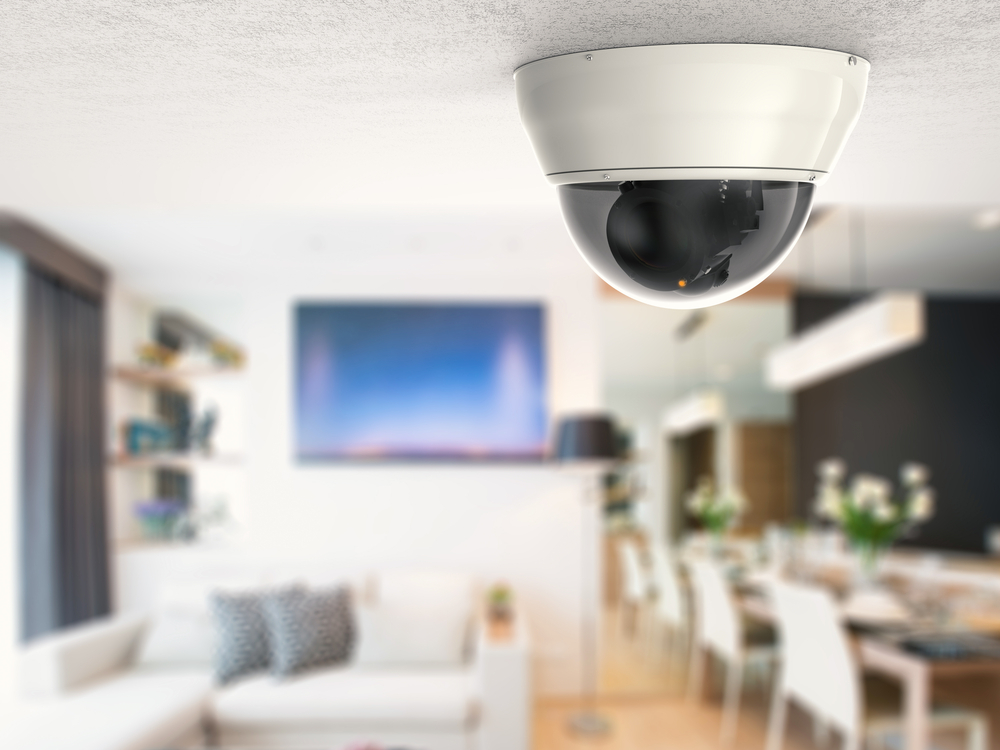Indoor Cameras: Maximizing Effectiveness with Optimal Positioning
Indoor security cameras have become an integral component of contemporary security systems, both for homes and businesses. They provide crucial real-time information, deter potential threats, and offer evidence when required. However, the effectiveness of these cameras relies heavily on their positioning. Strategic placement can make a world of difference in optimizing the surveillance coverage in your premises. Let’s delve deeper into the best practices for positioning indoor cameras.
Identifying High-Traffic Areas
Strategic planning is essential when deciding where to place your indoor cameras. The first step involves identifying high-traffic areas within your property. These areas often serve as the primary spots for indoor cameras. They could include entrances and exits, main hallways, staircases, and common living spaces. Positioning cameras in these locations ensures a comprehensive view of the day-to-day activities within your premises.
Maximizing Indoor Camera Coverage
Understanding your indoor camera’s field of view is pivotal in optimizing its positioning. Wide-angle cameras are capable of covering large areas, thereby reducing the number of cameras required for effective surveillance. For maximum coverage, position these cameras in the corners of rooms. This approach helps ensure that every significant movement within the space falls within the camera’s range.
Balancing Indoor Cameras’ Height and Accessibility
Placing indoor cameras at the right height is a delicate balancing act. You want your cameras to be high enough to stay out of easy reach, thereby preventing tampering. At the same time, they shouldn’t be so high that they fail to capture faces clearly. Typically, a height of about 9 feet off the ground strikes a good balance.
Lighting and Indoor Cameras: Optimizing Image Quality
The effectiveness of indoor cameras significantly relies on appropriate lighting conditions. When positioning your cameras, avoid pointing them directly towards bright windows or lamps, as the resulting glare or backlighting can hinder image quality. On the other hand, in areas with low light, it’s worth considering cameras with night vision capabilities. These cameras can deliver clear images even in low light conditions, thereby ensuring round-the-clock surveillance efficacy.
Respecting Personal Boundaries
While security is paramount, it’s equally important to respect personal privacy when installing indoor cameras. This respect is especially crucial in intimate spaces such as bedrooms and bathrooms. Always inform household members, employees, and guests about the presence and placement of cameras. This transparency not only respects their privacy but also helps foster a sense of trust.
Conclusion
The positioning of your indoor cameras plays a critical role in determining their effectiveness. A strategically placed camera ensures maximum coverage, better image quality, and respects privacy. It’s a blend of various factors: choosing high-traffic areas, leveraging the field of view, placing cameras at the right height, considering lighting conditions, and maintaining privacy.
To ensure optimal indoor camera placement, professional advice can be invaluable. Vigilante Security, an industry leader in security solutions, offers expert guidance to optimize your security setup with the ideal placement of indoor cameras. Reach out to us today for personalized advice tailored to your property’s unique security requirements.
In the realm of security, it’s not just about owning the right equipment; it’s also about the strategic implementation of this equipment. Make the most of your cameras by positioning them correctly, and rest assured knowing your premises are under vigilant surveillance.

